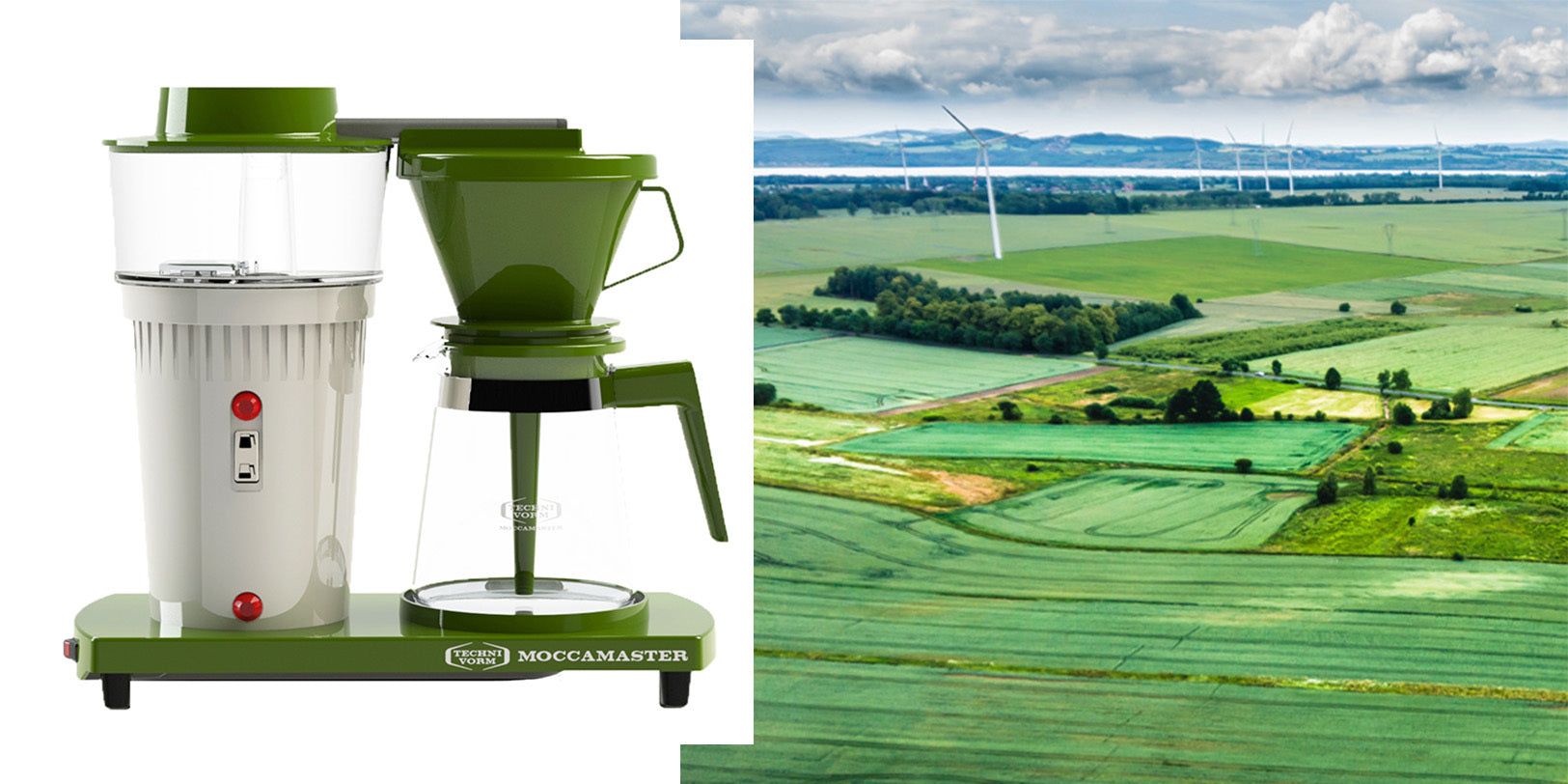Drip coffee is the most democratic form of coffee. It’s the $1 paper cup from a deli in the morning on the way to work, the late night waitress at a diner carrying the pot as she makes her rounds, the ordinary machine on the counter of the break room at work that just keeps doing its job. Drip coffee machines are ubiquitous and yet almost invisibly humble. But like any great industrial machine, its apparent simplicity and ease of use masks the complexity and precision of its design and engineering, and no coffee maker exemplifies that more than the Technivorm Moccamaster.

Designed in 1968 by Dutch industrial designer and engineer Gerard-Clement Smit, the Moccamaster was conceived as a solution to inconsistency in home brewed coffee. Traditional methods of making coffee is subject to a number of variables, ranging from the more easily controlled such as the amount of water, amount of coffee grinds, the source and intensity of heat, to the more challenging such as the nature of the brewing process making the coffee progressively weaker as it filters through the grinds, and leading to a stratification of quality in the cup.

Each of the 137 interconnected parts of the Moccamaster are designed and engineered to eliminate every such variable and deliver an absolutely perfect cup of coffee on every use for its lifetime. A copper boiling element heats the water reservoir to a precise optimal temperature of 196-205 degrees fahrenheit as it passes through an arm and down through the grinds in the filter. As the resulting coffee drips from the filter down towards the pot, a carefully designed funnel-shaped destratification tube continues to deliver the new coffee to the very bottom of the pot, even as it fills, in order to maintain a consistent strength and quality throughout. The entire process takes 4-6 minutes to deliver what Smit termed “The Gold Cup of Coffee.”

The level of commitment and attention to each step in the process, from the design to the engineering to the manufacturing (each Moccamaster is still made at the family-owned company’s small factory in The Netherlands), is not only the reason that Technivorm has sold 10 million Moccamasters in the last 50 years, but also why the Moccamaster is the only machine that would look as natural on display at the MoMa as on the back counter of a 24-hour diner, quietly doing its job.



